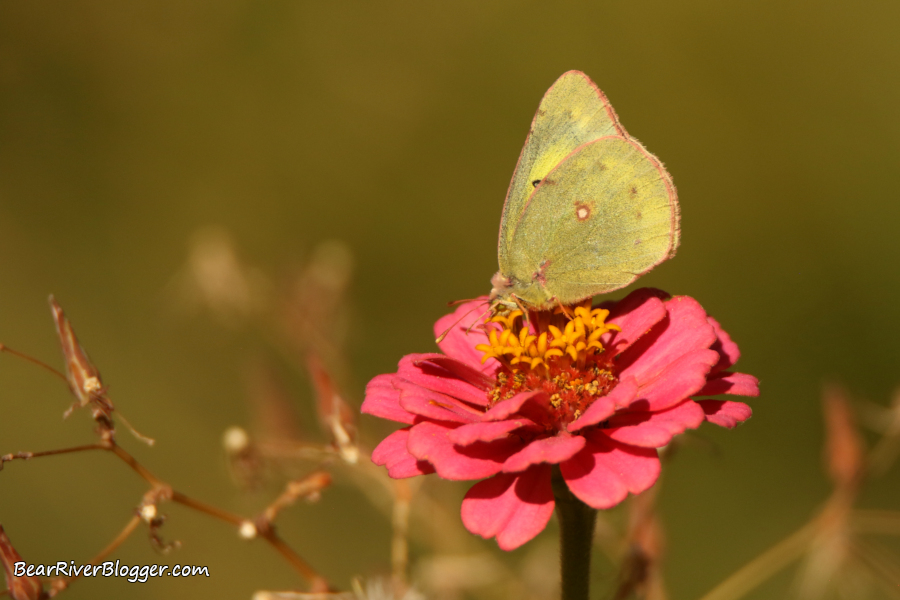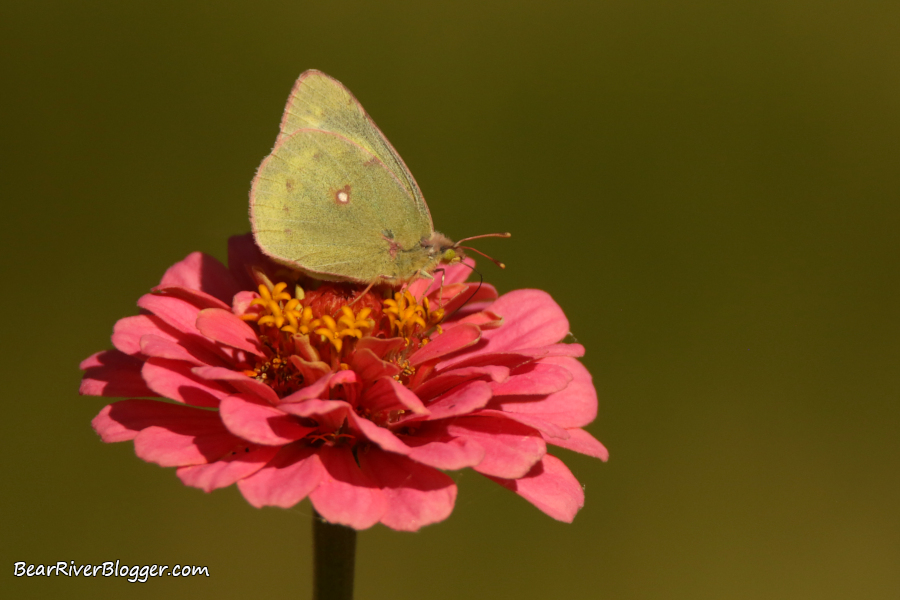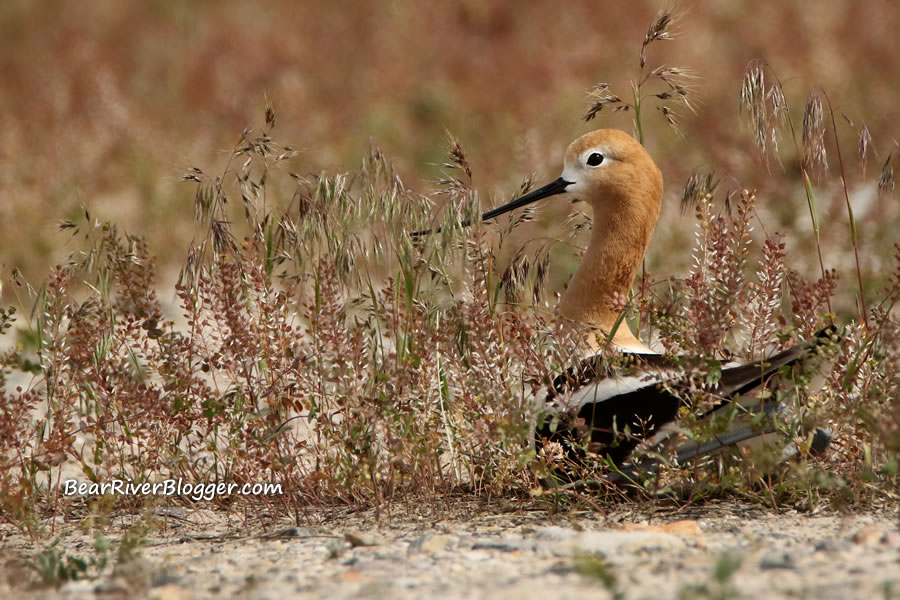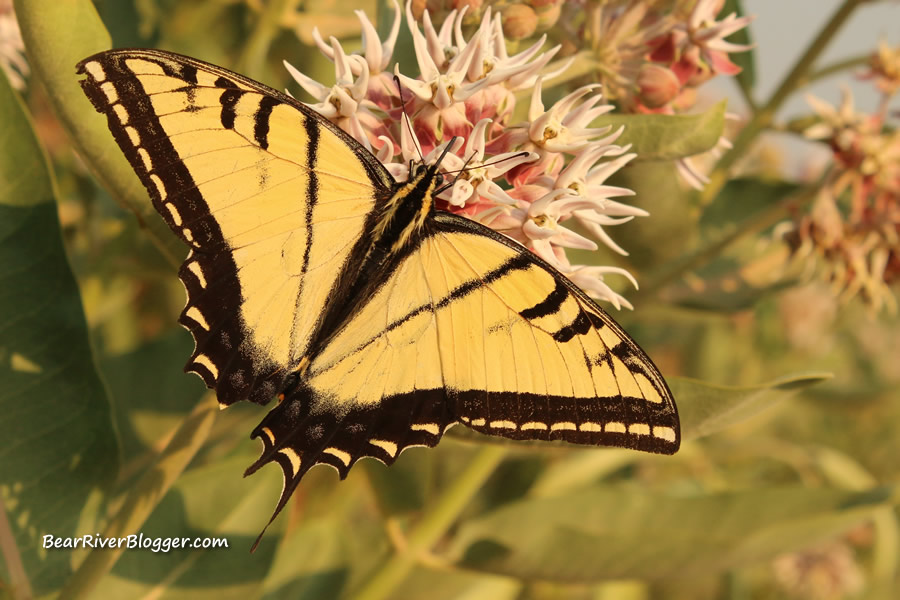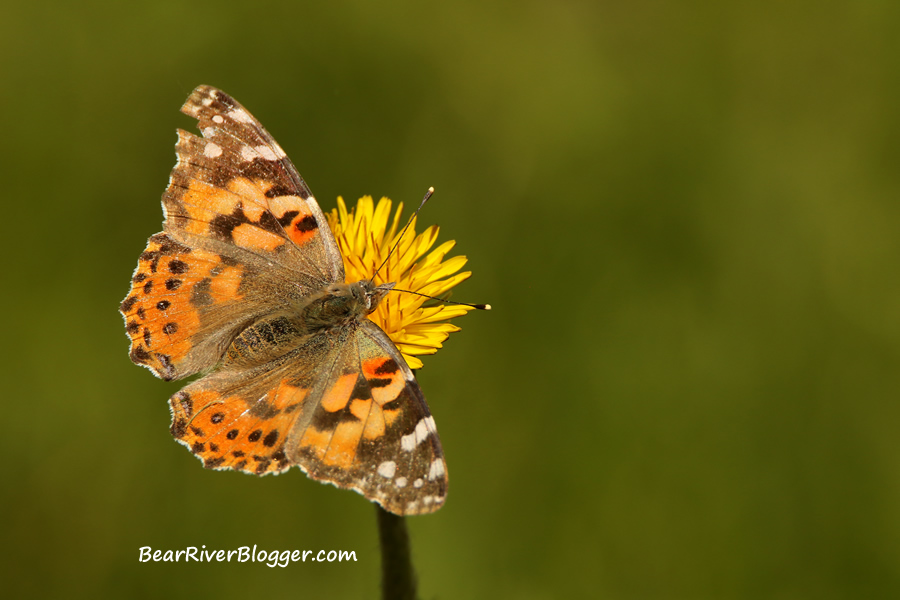If you’ve ever attempted it you will know the task of photographing butterflies on flowers, in general, can be quite a challenge in its own right but to capture a great image of a butterfly perched on a wildflower on a windy day is, well, what I often refer to from years of experience as an “exercise in futility” at best.
There are, however, a few simple tips that can be used to help stack the deck in your favor, so to speak, for a great butterfly image on those less-than-perfect days for photography and to show my point all of the butterfly images from this blog post were photographed a couple days ago in a good, stiff breeze.
I don’t know why but, for me personally at least, it seems like every single time I find butterflies around flowers when there’s a camera in my hand the wind is always blowing and if you’ve ever tried to photograph butterflies in the wind, you will know it doesn’t take much at all, even just a slight breeze at the very least, to ruin what could have otherwise been a great butterfly image.
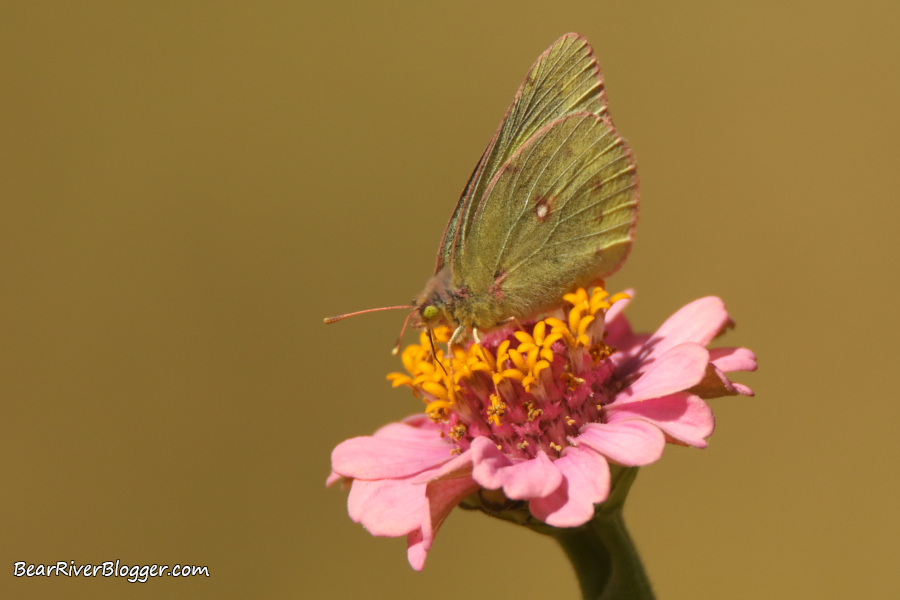
Yesterday was yet one more example of this when I walked out into my backyard and found a constant stream of sulphur butterflies feeding on my small patch of zinnias, both swaying in the stiff breeze but not enough to deter me from at least trying to photograph these delicate beauties since it is mid-October and quite unusual to see butterflies so late in the year.
In a nutshell, wind or no wind I had to at least try because it will be 6 months, maybe longer, before I get to photograph butterflies again so here are a few things I’ve learned over the years you can use to help take better butterfly photographs on a windy day.
Stabilize Your Camera
Even if you are pretty stable while photographing hand-held, when the wind is blowing it makes the situation so much easier to use either a tripod or a monopod when photographing subjects as small as butterflies.
Any amount of additional movement added by the camera, even just slightly, will soften the image by causing it to be out of focus, thus ruining an otherwise potentially good image.
It’s hard enough to focus on moving subjects anyway, especially small butterflies, so when you have an opportunity to use something to rest the camera on, either a tripod or a monopod, take full advantage of the situation and stabilize the camera.
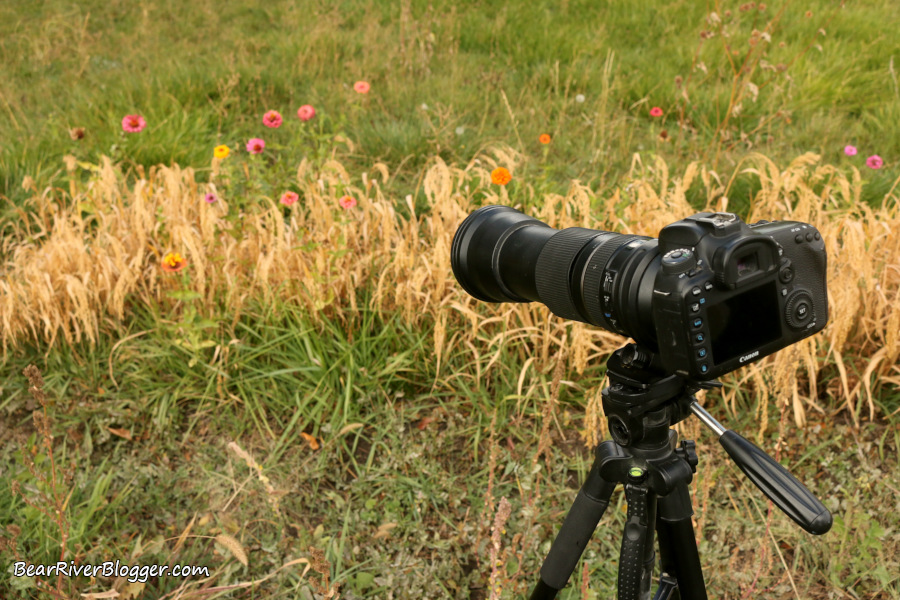
I prefer a tripod in these situations where you can set up and focus on a particular spot, allowing the tripod to hold the camera when there is no action and in the right direction as well.
This means I have a predetermined section of flowers I will concentrate on where the flowers are in the best shape and the background is the most suitable to blur, referred to as bokeh, and I will set up the camera and tripod pointed towards this intended spot, only moving it if the butterflies fail to utilize it once I’m set up and waiting.
It also means I typically use a large telephoto lens in these situations since the camera is affixed to a tripod and not very mobile so I need to be ready with the zoom capabilities my Tamron 150-600mm offers depending on which flowers the butterfly lands on, either on the front or the back of the predetermined patch of zinnias.
With no wind, I oftentimes use a much smaller lens, a 150-300mm for example, which is a lot more mobile but is limited in magnification so there is a trade-off with different lenses that are best used in different situations.
If you do use a large lens and still want to be mobile on windy days, more than what a standard tripod will allow, a monopod is a much better way to go but a bit less stable with only one leg, hence the term monopod, but it does help a lot over photographing just hand-held from my experience and there are times I prefer a monopod over a tripod so it just depends on each particular situation.
Yes, as you can see I definitely set up and wait in cases like yesterday where I know butterflies are actively using a good section of flowers so in addition to the tripod it’s helpful to bring a lawn chair while you are in between butterflies.
Use A Fast Shutter Speed
When it comes to photographing butterflies on a windy day, the most important camera setting you can use is a very fast shutter speed, the fastest your camera can run with whatever lighting conditions you are currently faced with.
While photographing the butterflies for this blog post I had clear skies and great light which allowed some of the images to be photographed at 1/5000th of a second.
I use Canon cameras and typically photograph in AV mode (Aperture Value) so I opened up the aperture all the way and set my ISO at 640, giving me plenty of light and very fast shutter speeds to work with on such a windy day.
Simply put, the faster the shutter speed you use, the more motion you can freeze on your images.
It’s surprising how much blur just a little breeze can cause with a flower and a butterfly so compensate for it by running your shutter speed as fast as you can on windy days.
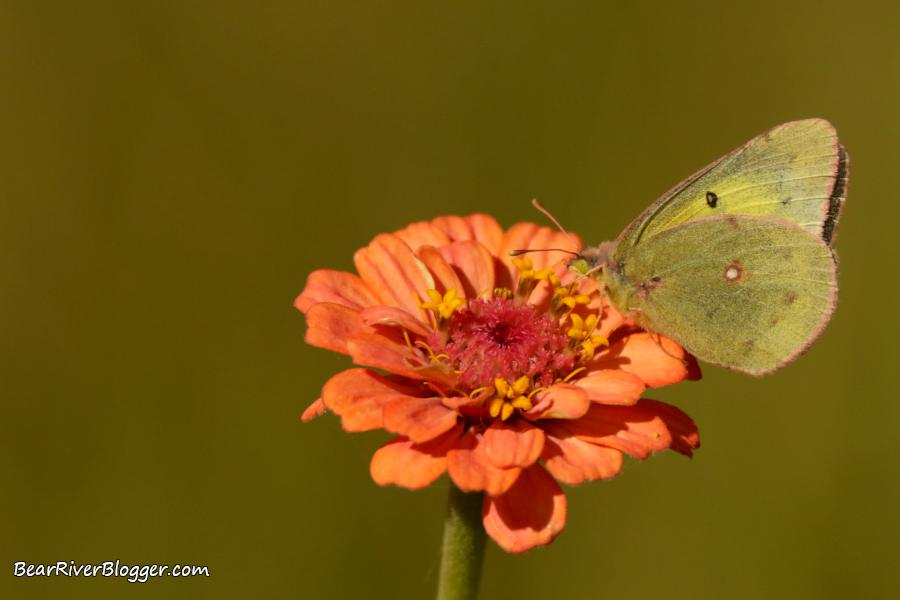
Burst Mode
When I photograph moving objects I also set the camera to what is referred to as burst mode, meaning the camera takes a quick group of images in one burst until the shutter button is released.
Different grades of cameras take varying numbers of images per burst depending on the quality of the camera, some as few as 5 and others as many as 10 or more, and setting the camera to burst mode will help you capture the exact moment the flower, butterfly, and camera are all in sync and a properly focused image is the result.
As you can probably glean from all of this, getting the butterfly in focus is the hardest task at hand on windy days so sometimes you just have to set the camera to bust mode and take a lot of pictures to get that one that is perfectly in focus while showing all the other great qualities, namely composition, lighting, and a blurred background, that a well-photographed image possesses.
This also means you will have to set your camera to continually focus on the subject, referred to as AI Servo in Canon cameras, otherwise the camera will only focus once each time you press down the shutter button and that definitely won’t work on windy days where the butterfly and flower are constantly moving.
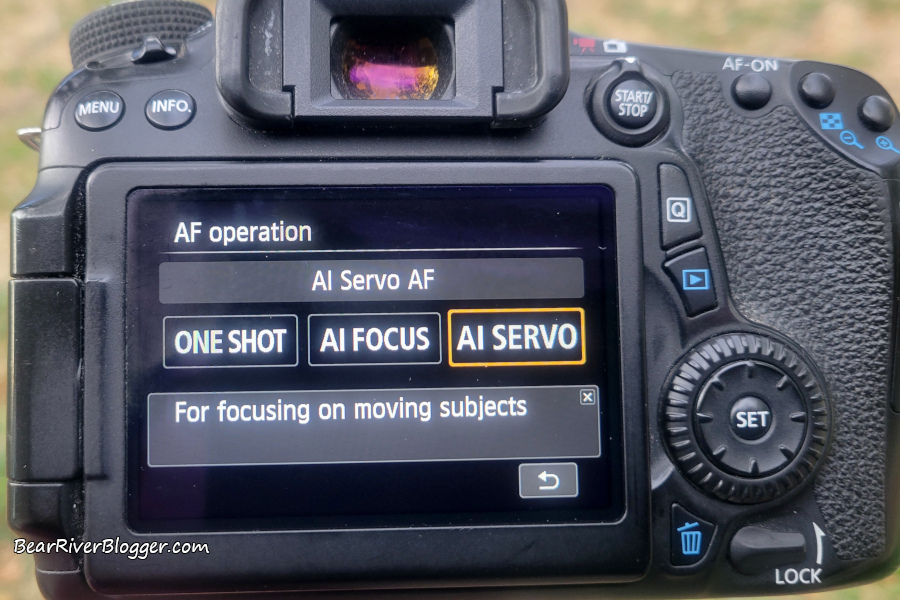
On days with no wind and the butterfly is stationary, I actually change my camera settings from AI Servo to One Shot (Canon Cameras) so I can grab focus by depressing the shutter button halfway and holding it, allowing me to compose the image before I fully depress the shutter button and take the image.
This is something I commonly do with both landscape and stationary bird scenes but that topic will be for another blog post on another day.
Conclusion
So if you’re like me and you don’t like to let the weather dictate when and what you photograph, try using these tips next time you see a butterfly perched on a flower on a windy day like I had a couple of days ago.
By using a fast shutter speed, a tripod, and your camera’s burst mode it should help compensate for any movement caused by the wind and you could end up with a very nice butterfly image despite the less-than-perfect weather conditions.
If you’re a serious birder or an avid nature photographer like me, or maybe just someone who likes to take a picture or two from time to time and enjoys the natural world as a whole on occasion, I offer you to head on over to our subscribe page and sign up for email notifications for future blog posts regarding our birdwatching and nature photography excursions.
